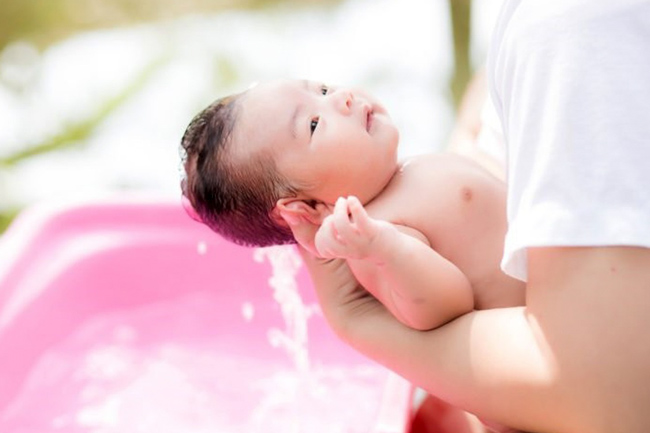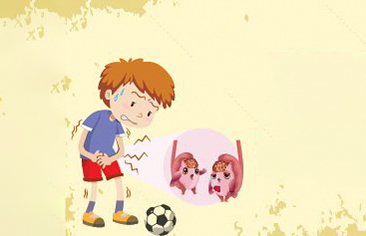Bathing is an essential daily task when caring for children. However, there are safety concerns in the bathroom that parents need to be aware of to prevent risks such as drowning, scalds, electrical hazards, and potential exposure to toxic substances.

Bathing Safety:
- Always be present and attentive when bathing infants, toddlers, or children under 5.
- To remain with your child throughout, prepare everything you need in advance, like towels, clean clothes, and diapers.
- Avoid having older siblings supervise, as they might not recognize potential dangers or react like adults.
- Stay focused on your child and avoid distractions, like phone calls or doorbells, that could divert your attention. If you have other tasks to complete, postpone bathing until another adult can assist.
- Drain the bathtub immediately after use.
- Use only enough water for bathing and play – waist-high is sufficient for a child to sit comfortably.
- Lock the bathroom door when not in use to prevent young children from accessing the taps.
Preventing Scalds and Burns:
- Children have sensitive skin, meaning hot water can burn them quickly. The safe bath temperature for children is between 37°C and 38°C (or around 36°C for infants). You can test the water temperature with your wrist or elbow – it should be comfortably warm, not hot. Alternatively, use a water thermometer.
- Ensure that hot water for the bath or shower comes from a system with a maximum temperature of 50°C.
- Never fill the bathtub with hot water alone. Mix cold water with hot water to achieve an appropriate bath temperature.
- Keep your child away from the bathtub until the water reaches the desired temperature.
Bathroom Safety Measures:
- Prevent slips and falls in the bathroom for both adults and children.
- Store medications, cosmetics, and cleaning agents in labeled containers with childproof locks, securely sealed away from the child’s reach, ideally in a locked cabinet at least 1.5 meters high.
- Unplug and store electrical devices out of reach when not in use.
- Use childproof safety switches for permanently installed electrical appliances to minimize the risk of electrical shock if a device falls into the sink or bath.
- Close the toilet lid after use and monitor young children starting to explore and play around the toilet.
Key Takeaways:
- Always supervise infants, toddlers, and children under 5 during bath time, never leaving them alone in the bathtub, and avoid having older siblings take on this responsibility.
- Drain the water immediately after use.
- Prevent scalds and burns by maintaining safe water temperatures and mixing hot and cold water appropriately.
- Implement bathroom safety measures to reduce the risk of accidents and exposure to hazardous substances.



